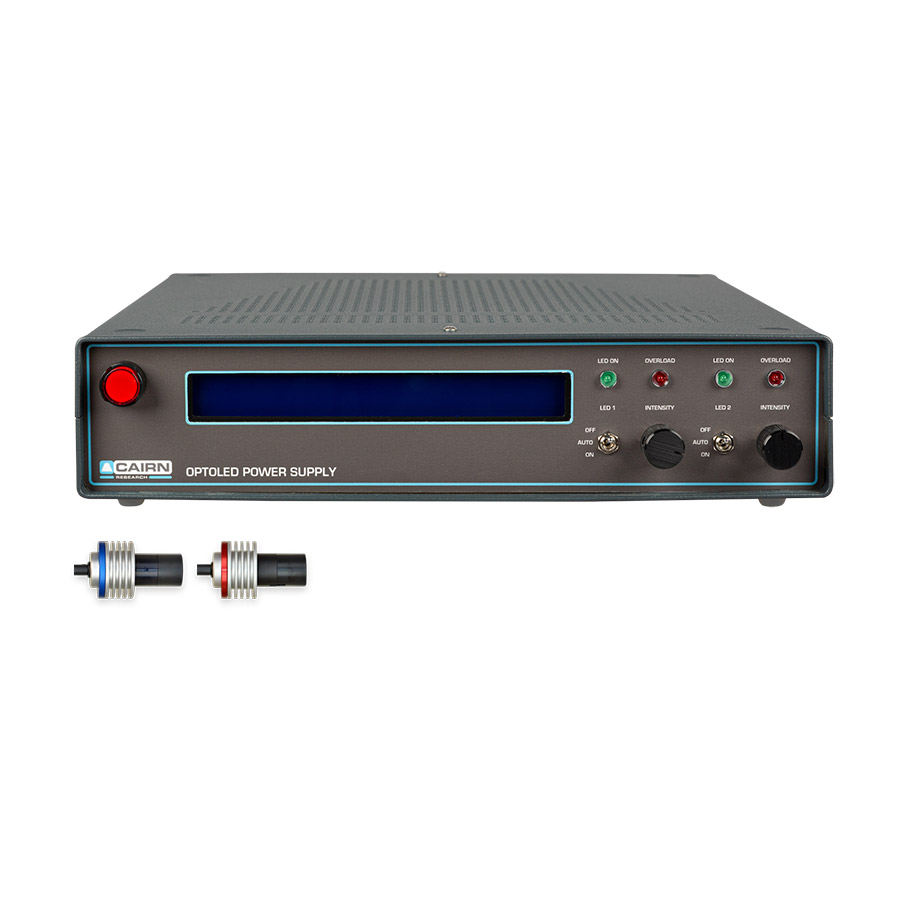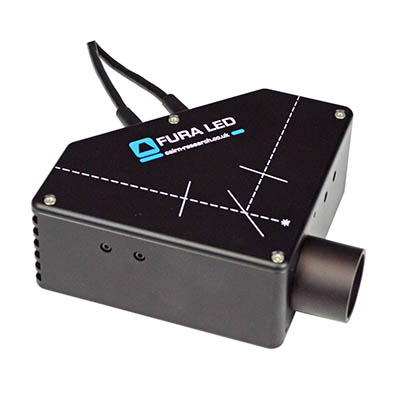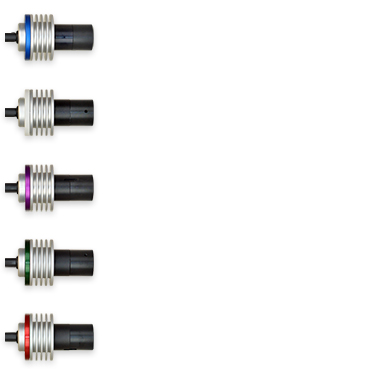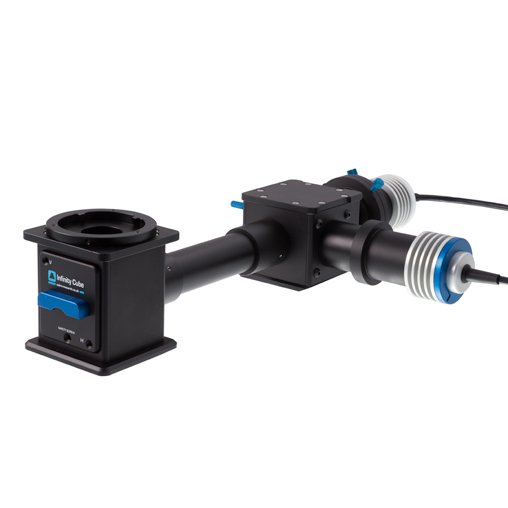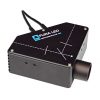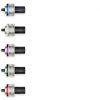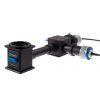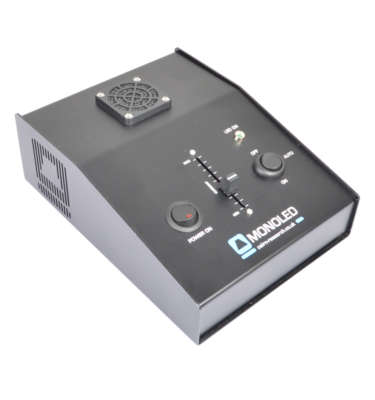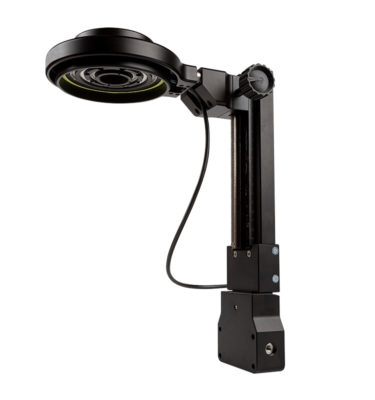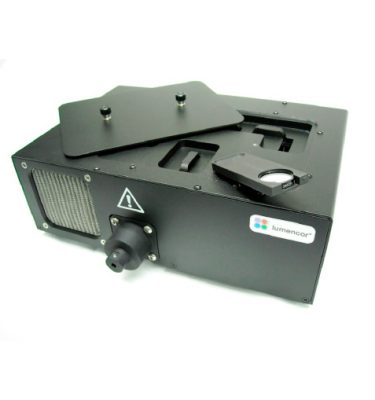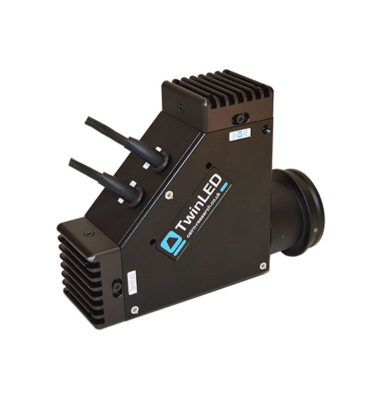Product Description
Have an OptoLED that is >2 years old? Upgrade your LED head – Contact us
Independent analysis and internet blog
Available Wavelengths
The range of wavelengths available from ultra-bright LEDs covers the absorbance peaks of most fluorescence indicators and Optogenetic tools. The table below shows the standard range, however we can also source more specialist devices on request.
Depending on the combination of wavelengths required we can combine two or more devices using dichroic mirrors. Please contact Cairn for recommendations on the best LEDs and filters for your experiments.
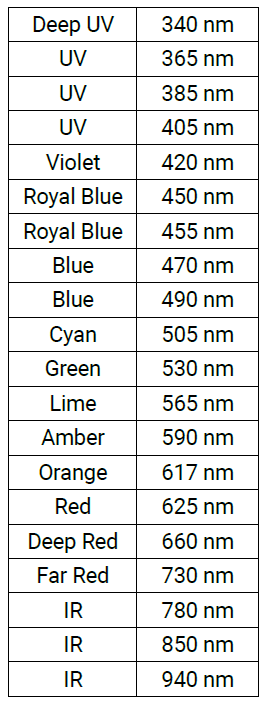
LED Head Upgrade
With LED technology constantly improving we would like to remind existing customers that we are able to upgrade your current LED heads for a small charge of £100.
The way in which our LED heads are designed means they are readily interchangeable so if returned to us we can upgrade in a very short period of time.

